1. Environment: Context and Change
1.1. The foundation of Leadership is a Change in Context--a Crisis-Uncertainty
1.2. because when there is order and certainty--there is no need for leadership and leaders
1.3. during times of stability we don't need leadership--this is when we have authority systems, administrators, and institutions--this is not leadership
1.4. when the environment has changed, that is when leadership is needed, that is when it occurs
1.5. leadership is dictated by the seasons
1.5.1. a leader in one season would have failed in another
1.5.2. a failed leaders in one season would of succeeded in another
1.6. how has the environment changed?
1.6.1. Constitution
1.6.2. Counties
1.6.3. ICT-Mobile Technology
1.6.4. Economy (Local, Regional, National, Global
1.6.5. Open Ended Discussion
1.7. what are the uncertainties
2. Leadership
2.1. transformational
2.1.1. based on moral considerations
2.1.2. brings meaning and order to new environment
2.1.3. through innovation and narrative creates a new story to bring order to new environment
2.1.4. the opposite of authority--whose fuctions become irrelevant during times of change
2.1.5. open discussion
2.1.5.1. examples of transformational
2.1.5.2. in relationships, family, friendships, community life
2.2. transactional
2.2.1. leadership that holds a people together when they are facing new realities by transforming them
2.2.2. leadership that creates a new people to deal with new realities by transforming them
2.2.3. transformative leadership is about change & innovation
2.2.4. open discussion
2.2.4.1. examples of transactional leadership
2.2.4.2. in relationships, family, friendships, community life
2.3. adaptive
2.3.1. leadership is the integration of a new vision into older realities
2.3.2. change is also not only about change but about adaptation
2.3.3. discover what needs to be changed and innovated for progress to occur and what needs to remain for a community to still have cohesion
2.3.4. open discussion
2.3.4.1. examples of transformational
2.3.4.2. in relationships, family, friendships, community life
2.4. symbolic
2.4.1. symbolic leadership is based on ideas and not personality
2.4.2. the ideas, stores, lessons that bring meaning to explain and bring order to new environment is the real leader
2.4.3. the personality-person is the vessel for the idea
2.4.4. open discussion
2.4.4.1. examples of examples of symbolic leadership
2.4.4.2. in relationships, family, friendships, community life
2.5. distributive
2.5.1. The Organic-Organization
2.5.2. commanders intent
2.5.3. The central leadership is there for support, logistics, and guidance not for dictation
2.5.4. open discussion
2.5.4.1. examples of distributive leadership
2.5.4.2. in relationships, family, friendships, community life
3. Anatomy of Change
3.1. Environment
3.1.1. For change to occur the environment has to be shifted, even a little shift is enough
3.1.2. When there is a shift in context,
3.2. The Right People
3.2.1. Those who have access to many different types of people
3.2.2. Those who are well respected and liked in many circles
3.2.3. Linking an Idea that Sticks to the Right People is Distributive Leadership--Organic Organization in action
3.3. Sticky Idea--An idea whose time has come
3.3.1. relevant culturally
3.3.2. easy to communicate
